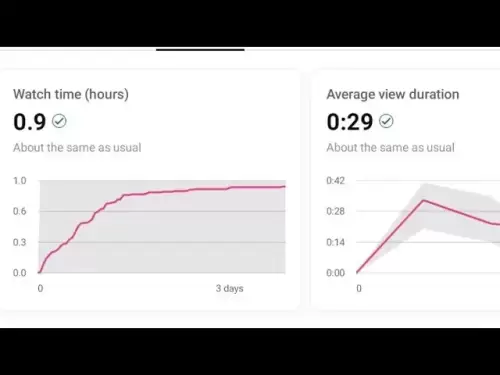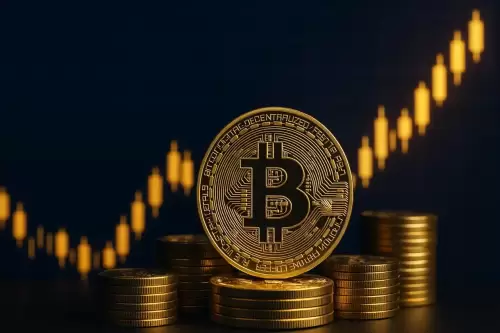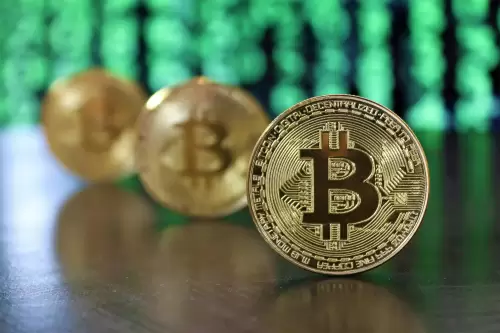Circle's IPO sparks debate. A 700% stock surge clashes with employee losses and questions the stablecoin's real value. Is it a financial revolution or just hype?

Circle, Billions, and Nothing: A Wall Street Head-Scratcher
Something's cooking on Wall Street, and it's not your grandma's investment strategy. Circle, a crypto company, is making waves, but is it a legitimate tidal wave or just a ripple in the pond?
Circle's Wild Ride: From Obscurity to $50 Billion
Circle went public earlier this month, and its stock has since skyrocketed, adding billions to its market cap. This valuation places it among tech giants and AI innovators. But here's the kicker: Circle's business model is surprisingly simple. You give them a dollar, they give you a digital token (USDC), and they invest your dollar in safe assets like U.S. Treasury bonds, pocketing the interest. It's like a digital money wrapper, but Wall Street's acting like it's the next big thing.
The Stablecoin Craze: A Real Revolution or Just Hype?
The buzz around Circle is fueled by stablecoins, digital tokens pegged to stable assets like the U.S. dollar. USDC aims to provide the speed of crypto without the volatility of Bitcoin, making it appealing for traders. The potential for mainstream adoption is driving the excitement. Some analysts predict the stablecoin market could explode to trillions by 2030. With the recent GENIUS Stablecoin Act, there is even more hype around Circle. However, this may not all be it seems.
The Billion-Dollar Question: Is Circle Overvalued?
While Circle's business model seems brilliant in a high-interest-rate environment, it's also its Achilles' heel. Circle's success is heavily reliant on Federal Reserve policy. If interest rates drop, Circle's revenue stream shrinks. Furthermore, larger players could easily launch competing stablecoins, eroding Circle's competitive advantage. As Chamath Palihapitiya points out, Circle's IPO process resulted in employees losing billions. To proceed with the IPO, Circle employees had to sell 14.4 million shares from their holdings, resulting in an approximate $3 billion loss for them. So, is the company really worth $50 Billion?
Bitcoin's Dichotomy: Retail Fear vs. Corporate Confidence
The broader crypto market presents a mixed picture. While retail traders exhibit fear and uncertainty, corporate treasuries are increasingly bullish on Bitcoin. Healthcare tech firm Semler Scientific plans to increase its Bitcoin holdings significantly, signaling strong confidence in its long-term value. This divergence suggests smart money is positioning for a future upward move, despite current market consolidation.
The Bottom Line: Proceed with Caution
Circle's story is a fascinating mix of hype, potential, and risk. While the company has captured the imagination of Wall Street, its reliance on interest rates and the threat of competition make it a fragile business. Like any investment, it's important to do your own research and proceed with caution. After all, in the world of finance, what seems like a billion-dollar opportunity can sometimes turn out to be nothing at all.
So, what do you think? Is Circle the future of finance, or just another Wall Street mirage? Only time will tell, but one thing's for sure: it's going to be a wild ride!













































































